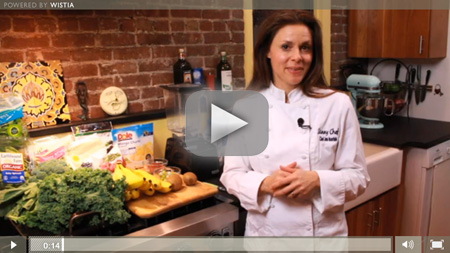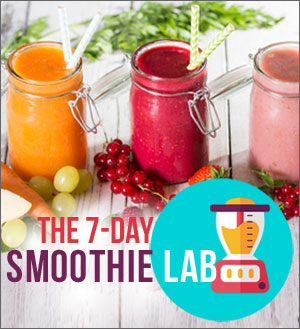Today, I want to talk to you about fiber, and what it can mean for your digestive health.
Fiber should be part of any diet, but depending on your digestive condition, you could be doing yourself more harm than good. Every situation is unique, and that’s why it’s important to be tested by a doctor.
That will help you determine exactly what your fiber intake should be, and how you can successfully add fiber into your diet.
For many people with digestive health issues, foods that are low in fiber and are easily digested are beneficial because they allow your digestive tract to rest. I’ve compiled a list of some of the best low-fiber foods for those of us who suffer from digestion issues.
Bananas: A banana that’s well-ripened and a bit soft is a great fruit that’s tolerated by many people with digestive troubles. While some fruit can be difficult to digest, bananas, as well as watermelon, applesauce and peaches, give vital nutrients without causing digestion problems.
Smooth Peanut Butter: A great way to get protein that won’t upset your stomach is by eating smooth peanut butter. Spread it on a banana for a delicious, healthy (and digestible) snack.
Tender cuts of meat: This includes beef, ham, pork and poultry. Organ meats are also easily digestible, along with well-cooked ground meat and fish. When you eat meat, try to avoid meats with gristle, or meats that have been overseasoned.
Grains: For those of us who have certain digestive troubles, grains can be a tricky issue. In order to avoid digestive pain, nutritionists recommend choosing enriched white bread, pasta and rice, and using white flour when you’re baking. Whole grains, corn meal, buckwheat and bran can be difficult to digest, and lead to painful digestive issues.
The Best Roast Chicken (Low-Fiber Recipe)
A simple roast chicken is a great choice for those who eat a low-fiber diet. Go easy on the seasonings with this recipe, and it should be easy on your stomach. Here’s my tips for making the best roast chicken, in four simple steps.
Step 1: Pickin’ Chicken — Look for a 3 1/2 pound bird if you plan on feeding four — preferably an organic bird if it’s in your budget. The fat should be white and even around the bird, without bruising or yellow fat.
Step 2: Chicken Prep — Remove the neck and gizzards from the inside of the bird. You can save them to make gravy if you wish or dispose of them. Rinse the chicken well under cold running water and pat dry with paper towel. Sprinkle the outside with 1/2 teaspoon of salt and preheat the oven to 350F.
Step 3: Crisp the Skin and Roast — Heat a large skillet over high heat and coat with cooking spray. Place the bird breast-side down in the skillet and cook 2 to 3 minutes until a golden crust forms. Turn the bird over and slide into the oven. Roast 30 minutes. Decrease the oven temperature to 350F and continue to roast 45 minutes to an hour until the meat along the leg reaches 165F when pierced with a meat thermometer or until the juices run clear when pierced with a knife.
Step 4: The Finale — Here’s a restaurant chef’s tip to keeping meat moist: Once the meat is cooked through, let the bird rest outside the oven for at least 5 minutes before slicing. This allows the meat fibers to relax and the juices to redistribute evenly, which means juicer meat. Slice and enjoy!
I hope that you learned something today, and will continue on your path to a healthier life. Join me tomorrow, when I’ll tell you how to combat bloating.

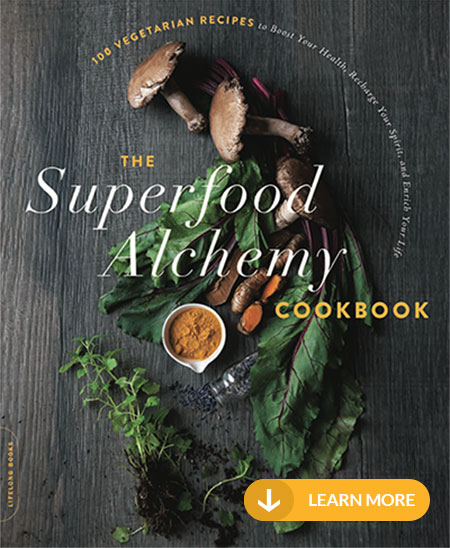

 Are you ready to look better, feel more energized, and get back that youthful feeling you remember having as a kid? I can help you on a journey that will change the way you eat — for good. My
Are you ready to look better, feel more energized, and get back that youthful feeling you remember having as a kid? I can help you on a journey that will change the way you eat — for good. My 



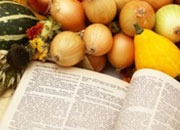

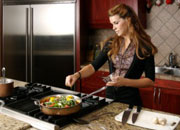





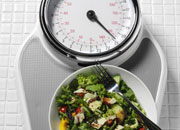


 As a healthy cooking expert, health coach and TV host,
As a healthy cooking expert, health coach and TV host, 

